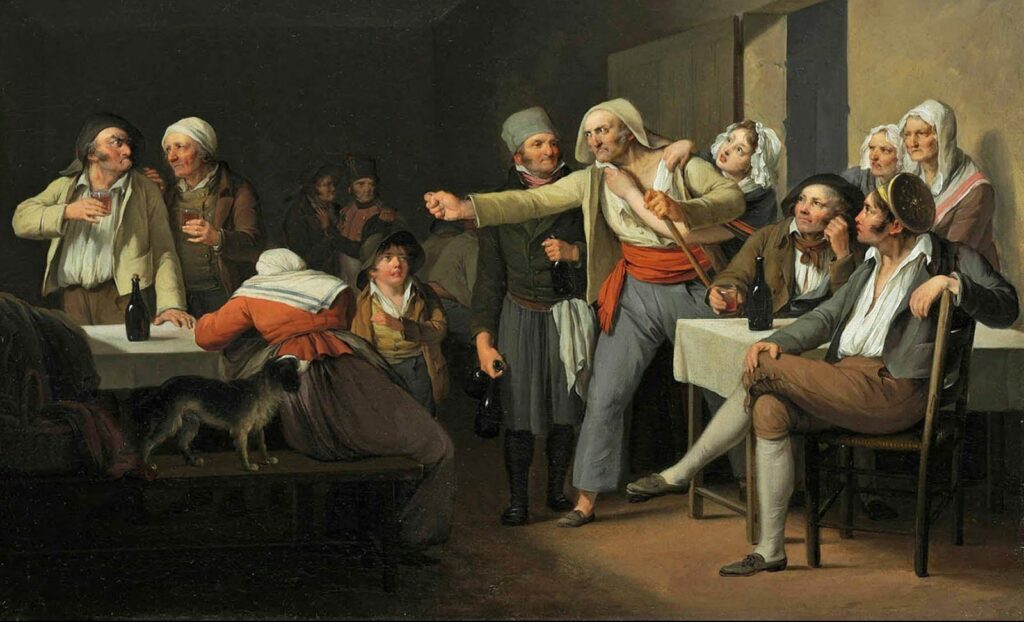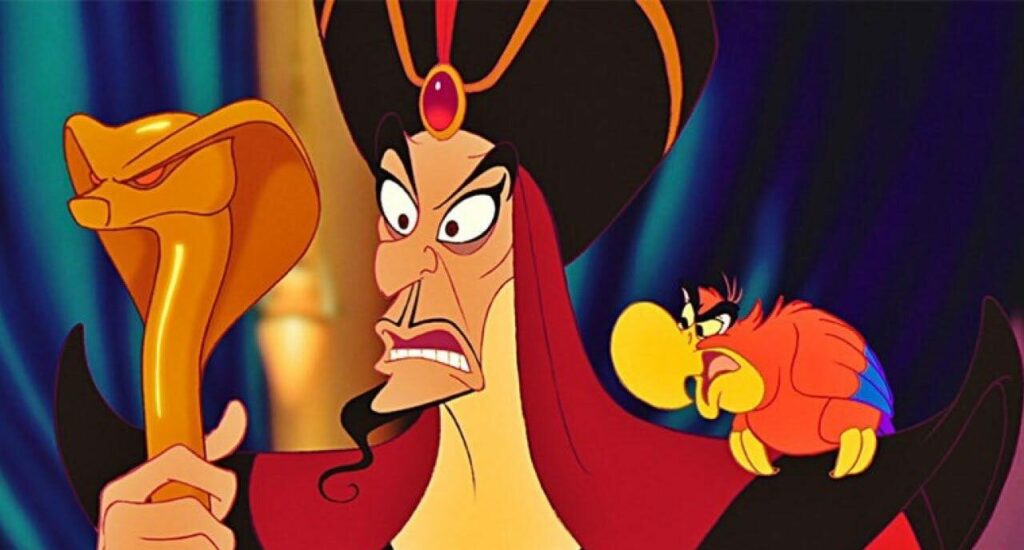Subplots in Fiction: How to Use Them to Deepen Your Story
Maybe you’re drafting your first novel, or just finished. Or maybe you’re in the early stages, working from a novel outline you’re excited about. Regardless of where you are in…
Read MoreHow to Write a Novel Outline
Congratulations on the momentous decision to start writing a novel! I hope your brain is brimming with plot ideas and character arcs. The start of a new writing project should…
Read MoreWhat is Free Indirect Discourse? Writing the “Intimate 3rd Person”
Free indirect discourse is a narrative technique in which writers employ the third person POV with the intimacy of 1st person perspective. While this technique became popularized in the 20th…
Read MoreCapturing the Art of Storytelling: Techniques & Tips
It is hard to describe the art of storytelling, but you know good storytelling it when you read it. You read a passage of prose and it raises your arm…
Read MoreInciting Incident Definition: The “Why” of Fiction
“The inciting incident is how you get [your characters] to do something…. It’s the doorway through which they can’t return, you know. The story takes care of the rest.” —Donald…
Read MoreRevising and Editing for Creative Writers
Want to learn more about revising and editing? Check out our self-paced class The Successful Novel, which gives you the tools to write, revise, and publish the novel waiting to be…
Read MoreWhat is the Plot of a Story?
The plot of a story defines the sequence of events that propels the reader from beginning to end. Storytellers have experimented with the plot of a story since the dawn…
Read MoreFiction vs. Nonfiction: What is the Difference Between Fiction and Nonfiction?
Works of prose are typically divided into one of two categories: fiction vs. nonfiction. A work of fiction might resemble the real world, but it certainly did not happen in…
Read MoreWriting Styles: What is Style in Writing?
Writing styles may be hard to define, but something separates Hemingway from Steinbeck, Atwood from LeGuin, or Keats from Wordsworth. Though two given writers might dwell on similar themes, every…
Read MoreHow to Start Writing Fiction: The Six Core Elements of Fiction Writing
Whether you’ve been struck with a moment of inspiration or you’ve carried a story inside you for years, you’re here because you want to start writing fiction. From developing flesh-and-bone…
Read MoreWhat is the Setting of a Story? 5 Functions of Setting in Literature
A short story or novel without a setting is one without context—it occurs nowhere and at no particular time. But every person and everything in our everyday world occurs somewhere…
Read MoreWhat is Point of View in Literature? Exploring Narrative Point of View
You might not notice it, but most published writing contains a narrative point of view. This includes every book, poem, email, instruction manual, even some street signs and cereal boxes.…
Read MoreWhat is Mood in Literature? Creating Mood in Writing
When we talk about the different feelings that a work of writing evokes, we’re talking about the types of mood in literature. Creative writers are experts at drawing out specific…
Read More“Show, Don’t Tell” in Creative Writing
“Show, don’t tell” is one of the simplest guidelines in creative writing, and one of the most helpful. In short, it encourages writers to transmit experiences to the reader, rather…
Read MoreForeshadowing Definition: How to Use Foreshadowing in Your Fiction
Foreshadowing is a clue in the text that hints at events to come. Much like in real life, where we see the signs of things happening in the present by…
Read MoreWhat is Conflict in a Story? Definition and Examples
There is no character arc, deeper meaning, or satisfying ending without conflict in a story. Everything we love about fiction hinges on a protagonist wanting something that he or she…
Read MoreProtagonist Definition: How to Create the Perfect Protagonist
If you’re writing any kind of fiction, from a short story to a screenplay, your story has a protagonist. This is the character or characters around whom the story centers.…
Read MoreHow to Start a Story: Examples and Inspiration
It happens to the best of us: you open a new word document, you’re faced with the many possibilities that a story can take, and then you realize you don’t…
Read MoreHow to Write Dialogue in a Story
Writing dialogue in a story requires us to step into the minds of our characters. When our characters speak, they should speak as fully developed human beings, complete with their…
Read MoreWhat is an Antagonist? Definition & Examples
Because most stories involve conflict, most stories also involve an antagonist. Your protagonist—the main character—will struggle to achieve something important to them, and the antagonist will further complicate this struggle.…
Read MoreThe 5 Elements of Dramatic Structure: Understanding Freytag’s Pyramid
What is Freytag’s Pyramid, and how can it help you write better stories? In simple terms, Freytag’s Pyramid is a five-part map of dramatic structure itself. Understanding the five steps…
Read MoreStories vs. Situations: How to Know Your Story Will Work in Any Genre
If I were to ask you, “Do you know what a story is?” you would probably feel a little put out. After all, you’ve probably been writing stories for a…
Read More




















